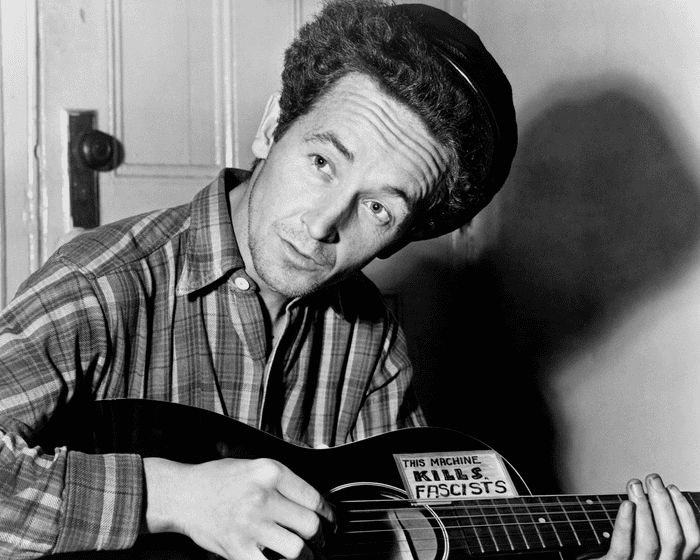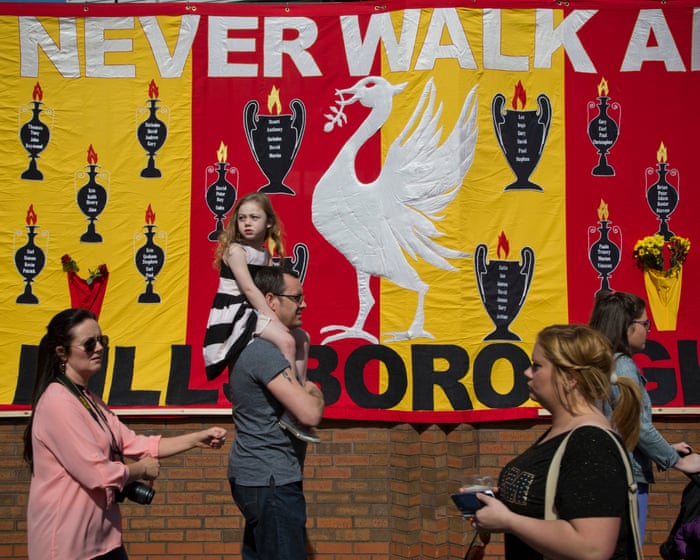Richard Lloyd Parry, a veteran foreign correspondent who documented his experiences of war and political upheaval in his acclaimed 2005 memoir In the Time of Madness, clearly writes from deep personal knowledge. Many themes from that book—including the psychological toll of covering conflicts in Indonesia, East Timor, and Afghanistan in the 1990s and early 2000s—resurface in this, his first novel.
Kit and Lara live in a remote village deep in the rainforest. She works for a small, underfunded NGO, while he stays home caring for their baby daughter, Helen. Lara is impulsive yet practical, brimming with restless energy, while Kit is introspective and detached, his calmness often slipping into dissociation. “This is your life,” she snaps at him before they leave the UK, “a day of your life, and it requires your presence.”
Kit struggles with the local language, unaware that his wife has neglected to tell him he’s speaking in the female register—much to the villagers’ amusement. Beneath the dense canopy, the light is “filtered to a soupy dimness.” The villagers claim to predict a child’s future by examining their teeth. Their baby, kept in an air-conditioned pod beneath their stilted house, develops a rash. Her fortune, they say, foretells a long journey—a prediction Kit recognizes as familiar from fortune-tellers back home.
At times, the novel seems unsure whether to be sharply observant or abstractly distant.
Though tensions simmer between Kit and Lara, their life maintains an uneasy balance—until English journalist Court Hardy arrives. Hardy updates them on the political unrest surrounding their isolated paradise and warns they’re now in the middle of a war. Soon after, Lara disappears. When the village is attacked, Kit, his daughter, a villager named Obson, and a handful of children flee into the rainforest. With them is the novel’s MacGuffin: the memory card from Hardy’s camera, which contains proof of foreign interference in the conflict. To say more would spoil the story.
The setting remains deliberately vague. Lloyd Parry offers broad hints, but the country is less a specific place than a symbolic “Everywhere”—its language simply called “the Tongue,” the nation referred to as “the Country.” It has been invaded by “the Neighbour,” while the war is bankrolled by “the Superpower” (or, as Lara crudely puts it, “the Confederated States of Uncle Fuckface”). Kit and Lara feel like a recognizable modern couple, but Hardy—a blustering, middle-aged war correspondent who peppers his speech with exclamations like “Fuckaroo”—comes across as a throwback to an older generation of journalists. The result is a novel that wavers between realism and satire, leaving the reader unsure how to engage with it.
After this uncertain start, In the Green Heart finds its footing. The forest emerges as a central presence, overwhelming Kit despite his familiarity with its edges. The air is “thick and unstirring,” and time feels “muffled and distorted.” Obson and the children pluck leeches from each other’s skin, while Kit struggles to keep up, feeling like “a man swimming in the shallows who suddenly finds himself above a trench of ocean miles deep.” He’s brought along…
(Note: The original text cuts off mid-sentence, so the rewrite ends where the original does.)The compass is useless due to magnetic ores in the surrounding rock. “It’s okay, Mr. Kristian,” Obson reassures him, “I know another way.” But soon Obson appears lost too. As agents of the Superpower close in, determined to retrieve the memory card, the forest becomes the battleground for Kit’s internal struggle—only Helen’s few remaining plastic-wrapped diapers seem more symbolic. “Crisp as wafers, the opposite of the damp, teeming forest with its endless branching life,” they offer him comfort for his lost sense of control.
“The Green Heart” is a fittingly ambiguous phrase—referring both to the heart of the forest and to a human heart untested by experience. Kit is lost, and his core is still green. The only thing grounding him is his relationship with his daughter, portrayed with raw tenderness and constant awe. This connection feels more vivid than his detached self-protection or his quiet admiration for the forest dwellers who keep him and Helen alive, if not entirely safe. Helen is a “huge gamble with his own happiness,” and his love for her is “helpless, without boundaries or restraint.”
By the end of this nightmare—and it is a nightmare, vividly rendered—the war and its politics, especially the tension between global and national forces, overshadow both meanings of the title.
In a powerful final exchange between Kit and the recently ousted president of the Country, Lloyd Parry delves into the murky dynamics between local power and superpower. In the Green Heart is an unusual story—slightly uneven, deeply political, exposing the myths of modern colonialism while intimately portraying a man torn between hiding within and escaping his own psychological prison. In short, it’s strikingly contemporary.
In the Green Heart by Richard Lloyd Parry is published by Jonathan Cape (£18.99). To support The Guardian, order your copy at guardianbookshop.com. Delivery charges may apply.
FAQS
### **Frequently Asked Questions – *In the Green Heart* by Richard Lloyd Parry**
#### **General Questions**
**1. What is *In the Green Heart* about?**
*In the Green Heart* is a book by Richard Lloyd Parry that explores themes of colonialism, cultural conflict, and environmental exploitation in a jungle setting.
**2. Who is Richard Lloyd Parry?**
Richard Lloyd Parry is a British journalist and author known for his deep, immersive reporting, particularly on Asia.
**3. Why is the book described as “neocolonial jungle fever”?**
The phrase critiques the book’s portrayal of Western fascination with exoticized, often exploitative narratives about tropical environments and indigenous cultures.
#### **Themes & Analysis**
**4. What are the main themes in *In the Green Heart*?**
Key themes include colonialism’s lingering effects, environmental destruction, cultural appropriation, and Western romanticization of “untamed” nature.
**5. How does the book address neocolonialism?**
It examines how modern economic and cultural forces perpetuate colonial attitudes, particularly in resource-rich, indigenous regions.
**6. Is the book critical of Western perspectives?**
Yes, it challenges Western romanticization of jungles and indigenous people, exposing how such views can be exploitative.
#### **Reading & Interpretation**
**7. Is this book based on real events?**
While it may draw from real-world dynamics, it is primarily a critical commentary rather than strict reportage.
**8. What kind of reader would enjoy this book?**
Those interested in postcolonial studies, environmental ethics, or critiques of Western narratives about the Global South.
**9. Is the book academic or accessible to casual readers?**
It balances depth with engaging prose, making it suitable for both academic and general audiences.
#### **Controversies & Debates**
**10. Has the book faced criticism?**
Some critics argue it reinforces the very exoticism it critiques, while others praise its bold analysis.
**11. Does the author offer solutions to neocolonial exploitation?**
The book highlights problems more than solutions, urging readers to rethink their perceptions.
#### **Practical Questions**
**12. Where can I buy *In the Green Heart*?**
It’s available at major bookstores (online and in




